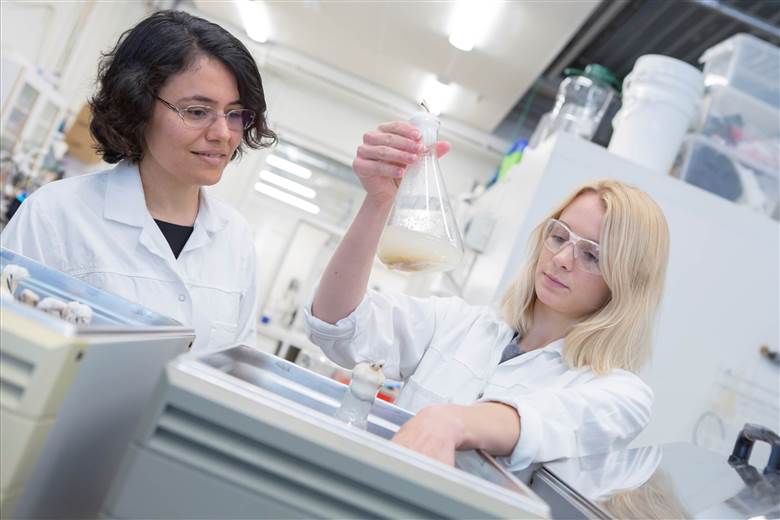Can yarns be created out of bread waste?
27/06/2019

Akram Zamani (pictured left), who lectures in the field of resource recycling, believes it could be a way to turn a prevalent waste product into a useful material.
Her research involves filamentous fungi being grown on bread waste in bioreactors. The fungi will then be used in two different processes to create yarn and to produce nonwoven textiles.
She explains: "When the bread has become a biomass of fungi, we remove the protein which in turn can be used as food or animal feed. We use the cell wall fibres that remain of the fungi partly to spin a yarn, and partly to create nonwoven fabrics."
Ms Zamani has said much of the cultivation has been done already and that it has worked well. The research is now focused on a wet spinning process to create yarn, with different methods being tested to improve the yarn’s properties.
Among the potential uses for the yarn are clothing, medical applications and textile for furniture. Ms Zamani says: “The fungal fibres that we use for production of the textile are not only renewable, but, in some cases, also show some antimicrobial properties.”
The first two years of the project will see production take place on a small scale, before it is scaled up in years three and four.
“There is no previous research on this; therefore it is difficult to know what to expect," Ms Zamani says. “We get the bread from a local grocery store, and we are able to collect as much as we need, which gives us the opportunity to test different things and make sure it becomes a good product."
Image credit: University of Boras.








